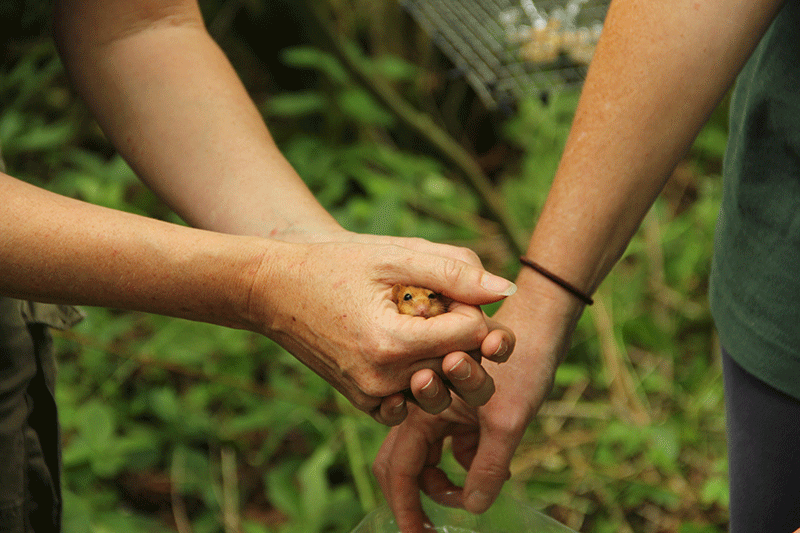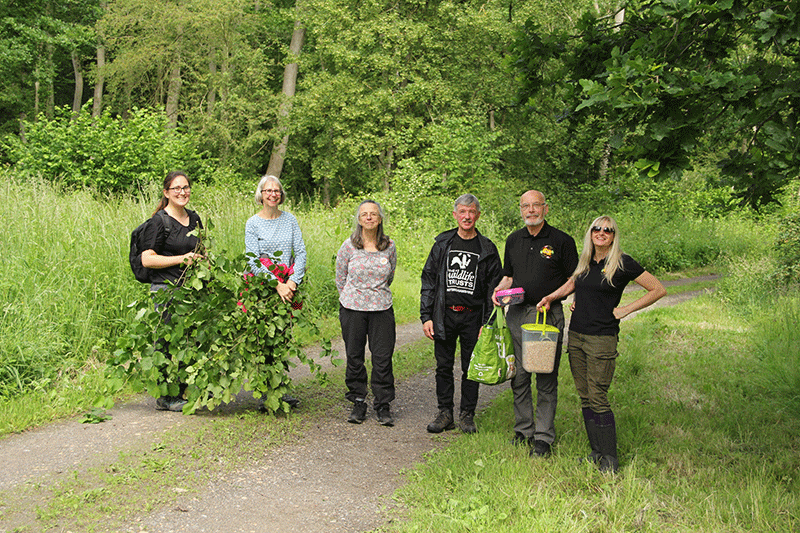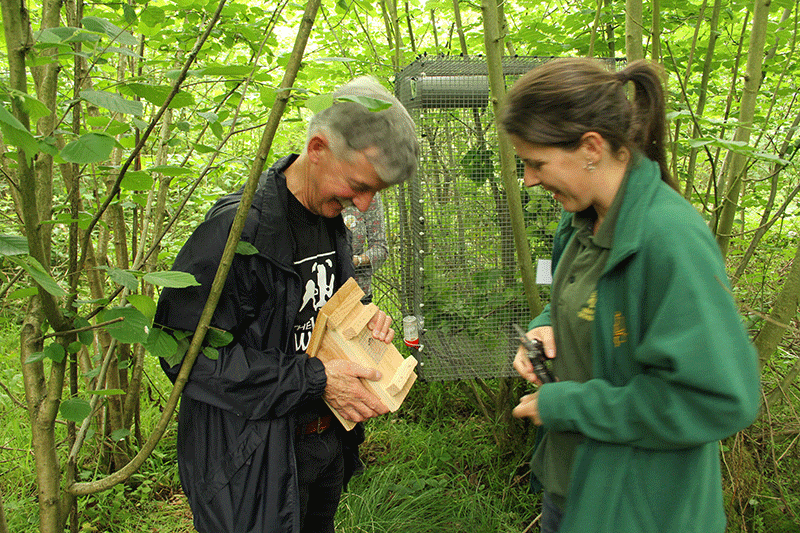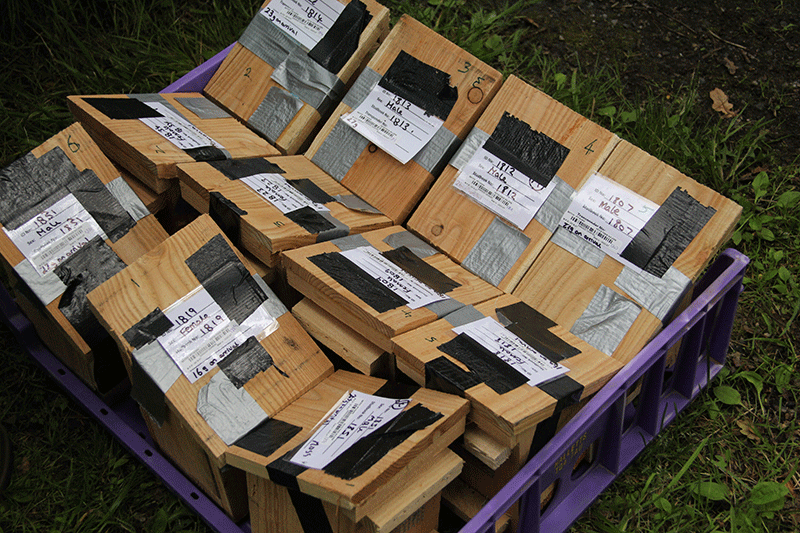Building hazel dormouse strongholds
For the last 25 years we have been fighting to save the critically endangered, and incredibly cute, hazel dormouse in woodlands across England and Wales.
Ground breaking reintroductions
June 2019 saw a huge step forward for the future survival of our native dormouse with two special dormouse releases. PTES, in partnership with a number of organisations (see below), successfully released a total of 20 dormice at two secret woodland locations in Nottinghamshire and Lincolnshire. This meticulously planned event was the next phase of an ambitious dormouse conservation project in these areas.
The releases will bolster the existing reintroduced populations of hazel dormice already in the areas by increasing genetic diversity. This is key to ensuring the long-term survival of this endangered species. The 2019 releases follow several previous reintroductions in the two chosen counties which took place in Lincolnshire in 2002 and Nottinghamshire in 2013, 2014 and 2015.

Since the previous reintroductions, dormice have become well dispersed throughout all three woodlands, showing they have adapted and settled into their new surroundings. This is possible due to the ongoing woodland management.
Wider landscape project
This summer’s releases are the next phase of a wider landscape project. Over the last five years, we’ve reintroduced over 100 hazel dormice into this part of Nottinghamshire, in three different woodlands. By releasing more dormice again this year, we aim to connect the three separate populations and increase the gene pool, consequently creating a dormouse stronghold in the region. The same technique is also being used in Lincolnshire.
Reversing hazel dormouse decline
Our latest State of Britain’s Dormice 2016 report confirmed that hazel dormice not only went extinct from 17 English counties since the end of the 19th century, but that populations have fallen by a third since 2000. Loss of woodland and hedgerow habitat, the impacts of climate change, as well as changes to traditional countryside management practices, are all factors which have caused this decline. But with our conservation commitment to saving dormice and this summer’s reintroduction projects, we are creating dormouse strongholds.
Team effort – all thanks to you

Successful projects such as this require a huge amount of hard work from a number of groups. Much of this is only possible thanks to your donations. This year’s releases and previous reintroductions were run with our partners Nottinghamshire Wildlife Trust, Nottinghamshire Dormouse Group, The Forestry Commission, Lincolnshire Dormouse Group, Natural England, ZSL (Zoological Society of London), Paignton Zoo and the Common Dormouse Captive Breeders Group.
Watch this space for updates on how the newly released dormice are settling in.
Thank you for helping us fund this vital work to save dormice
Donate today to support more conservation success stories:


